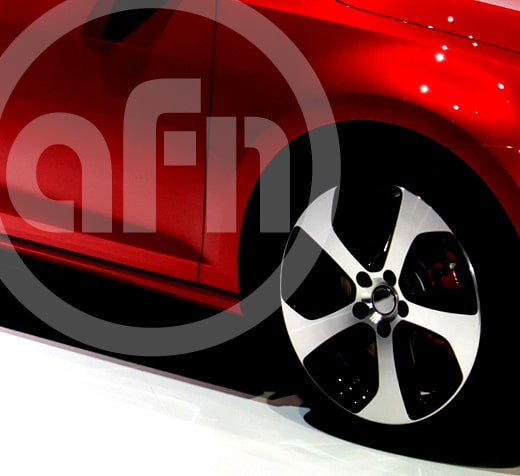An Inside Look at Rattner’s “Team Auto”
Since formation of the Auto Task Force early this year, details on the group’s inner workings have been kept largely under wraps. But in this 6,000-word article penned by Steven Rattner, the former task force chief offers an extensive look at how decisions were made to reshape GM and Chrysler.
Here are some excerpts:
On Getting Started
And so I closed my eyes and jumped. Among the surprises along the way: We were shocked, even beyond our low expectations, by the poor state of both GM and Chrysler. Looking just at the condition of GM’s finances and Chrysler’s new-car pipeline, the case for a bailout was weak.
On Bankruptcy
But we were terrified about the prospect of it. Most important, we feared that consumers would be unwilling to buy such a long-lived product as a car with the prospect of holding a warranty from a bankrupt company. And we were fearful of how long a traditional Chapter 11 proceeding would take. Delphi, which had been spun off by GM in 1999, had been in bankruptcy for more than three years.
On GMAC
Everyone knew Detroit’s reputation for insular, slow-moving cultures. Even by that low standard, I was shocked by the stunningly poor management that we found, particularly at GM, where we encountered, among other things, perhaps the weakest finance operation any of us had ever seen in a major company.
For example, under the previous administration’s loan agreements, Treasury was to approve every GM transaction of more than $100 million that was outside of the normal course. From my first day at Treasury, PowerPoint decks would arrive from GM (we quickly concluded that no decision seemed to be made at GM without one) requesting approvals. We were appalled by the absence of sound analysis provided to justify these expenditures.
On Replacing Rick Wagoner
It seemed completely obvious to us that any management team that had burned through $21 billion of cash in a year and another $13 billion in the first quarter of 2009 could not be allowed to continue. Equally important, GM’s February viability plan was more “business as usual” and not the aggressive new approach that we felt was essential.
On Deciding Chrysler’s Fate
While we had separate teams working on Chrysler and GM from the start, the first and toughest decision that we faced was what to do with Chrysler.
Badly run after Daimler bought it in 1998, Chrysler had been sold nine years later at the peak of private equity mania to Cerberus Capital Management. Larded up with debt, hollowed out by years of mismanagement, Chrysler under Cerberus never had a chance. We marveled, for example, that Chrysler did not have a single car that was recommended by Consumer Reports.
The question for us — and ultimately, the President — was whether any restructuring could save Chrysler.

















Are you talking about dealer premiums (dealer writes the deal at say 8% and then sells it to the lender at 7% in which case the lender would have to reduce its yield from the customer rate of 8% to 7% by amortizing the premium paid)?